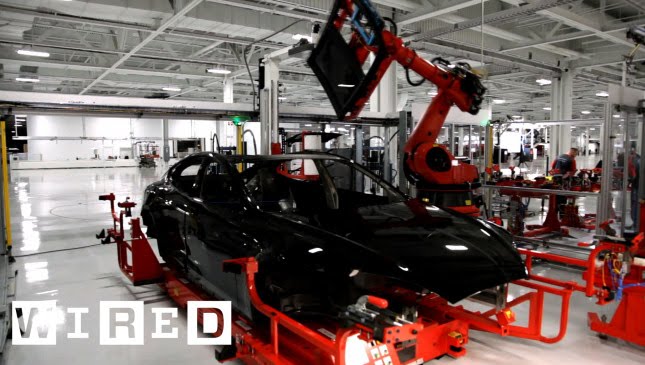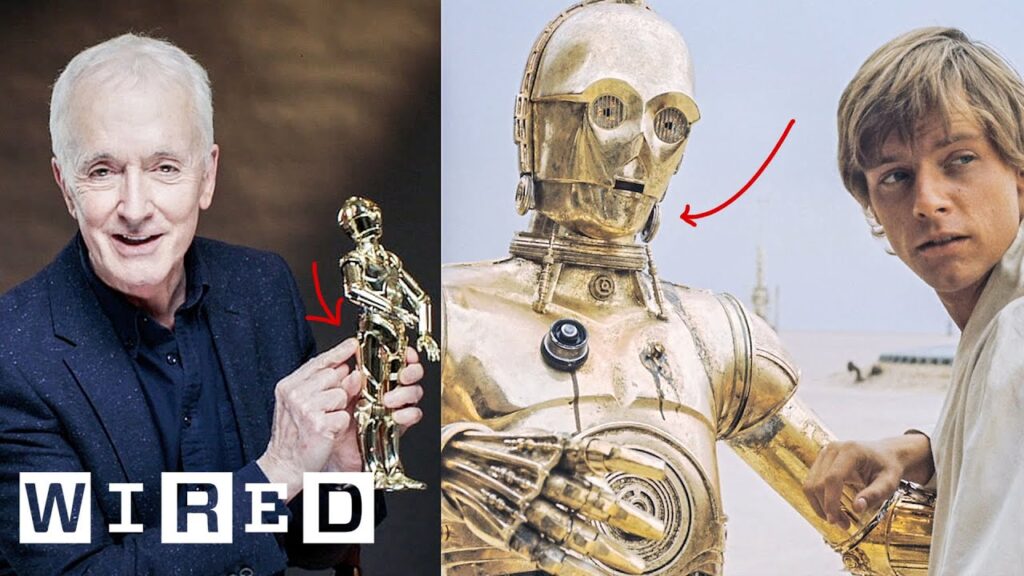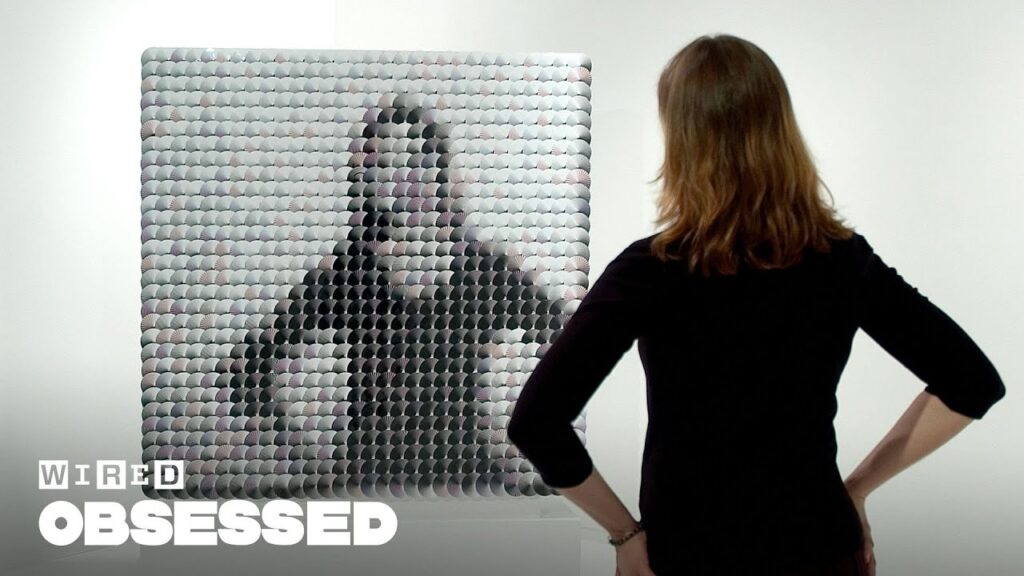Exploring the Creative Potential of Machine Intelligence and Data Sculpture with Rafik Anadol
Summary
In this Q&A, we delve into the world of data sculpture with artist Rafik Anadol. Anadol uses machine intelligence and algorithms to create visualizations that he calls “data sculpture”. His installations use enormous data sets to create dynamic landscapes and alternative realities. Anadol’s work reflects his interest in the relationship between humans and technology, and he collaborates with experts in different fields to fulfill his vision.
Table of Contents
- What inspired you to use machine intelligence and data to create art?
- How do you go about creating your installations?
- How do your installations reflect your interest in the relationship between humans and technology?
- Can you tell us about your previous installations?
- What are some upcoming projects you’re working on?
- What do you see as the future of machine intelligence and data sculpture in the art world?
Introduction
Rafik Anadol’s work is an intriguing form of art that blurs the boundary between the physical and digital worlds. His use of machine intelligence and algorithms to create visualizations is groundbreaking, and his installations are an excellent example of what can be achieved when data is harnessed creatively. In this Q&A, we will explore Anadol’s work and delve deeper into his vision for the future of data sculpture.
Q&A
What inspired you to use machine intelligence and data to create art?
Anadol: I have always been fascinated by the ability of machines to capture, store, and analyze information. I wanted to explore the creative potential of machine intelligence and data, and that led me to create what I call “data sculpture.” Using algorithms and machine learning, I can turn vast data sets into stunning visualizations that are both beautiful and thought-provoking.
How do you go about creating your installations?
Anadol: Creating my installations is a collaborative process that involves my team and experts in different fields. We start by identifying a data set that is both interesting and vast enough to create a dynamic visualization. We then use machine learning and algorithms to analyze the data and identify patterns. Finally, we use projection mapping technology to bring the data to life in three-dimensional space.
How do your installations reflect your interest in the relationship between humans and technology?
Anadol: My installations explore the symbiotic relationship between humans and technology, and how technology can be used to create new forms of art. By using data to create immersive environments, I hope to inspire people to think about the role of technology in our lives and to consider the implications of our ever-growing reliance on it.
Can you tell us about your previous installations?
Anadol: One of my most ambitious installations is Machine Hallucination, which is an interpretation of 113 million images of New York. The installation combined artificial intelligence with projection mapping technology to create an immersive, two-story high dreamlike representation of New York City. Another installation was a collaboration with the LA Philharmonic, where half a million images, audio recordings, and videos were transformed into an extraordinary projected image.
What are some upcoming projects you’re working on?
Anadol: Our team is currently working on a public art project in Portland that will use hundreds of thousands of images to inform both the projections and the structure they’ll be projected on. We’re also exploring the possibility of using machine intelligence to create three-dimensional sculptures that are created entirely from data.
What do you see as the future of machine intelligence and data sculpture in the art world?
Anadol: I believe that machine intelligence and data sculpture will play an increasingly important role in the art world. As we generate more data, there is immense potential for artists to use this information to create dynamic, thought-provoking visualizations. Additionally, as machine learning algorithms become more sophisticated, we may see a shift towards interactive installations that respond to the behavior and emotions of the people interacting with them.
Conclusion
Rafik Anadol’s work is a fascinating blend of art, technology, and data. His use of machine intelligence and algorithms pushes the boundaries of what is possible in the realm of data sculpture, and his installations create immersive environments that challenge viewers to consider the role of technology in our lives. As we generate more data, there is immense potential for artists like Anadol to continue to create innovative installations that merge the physical and digital worlds.







